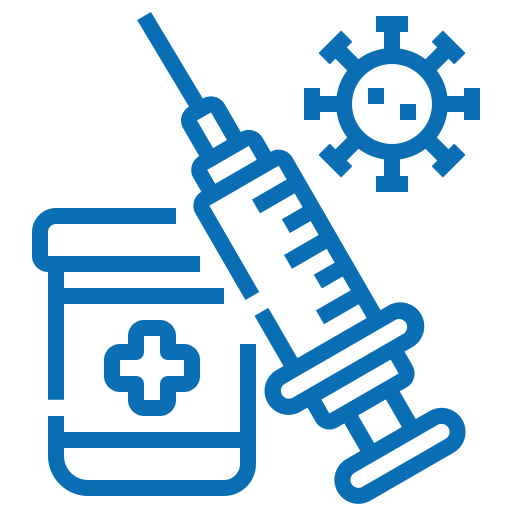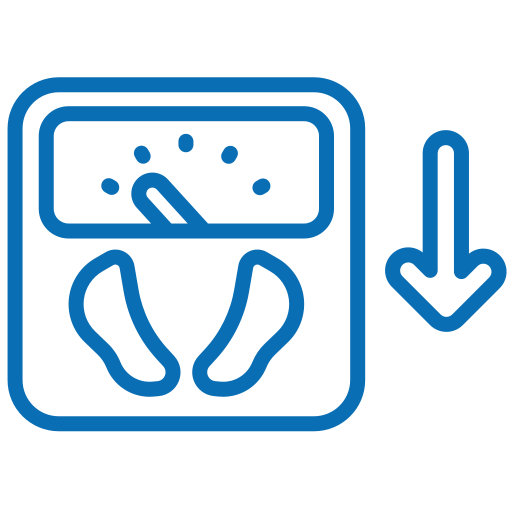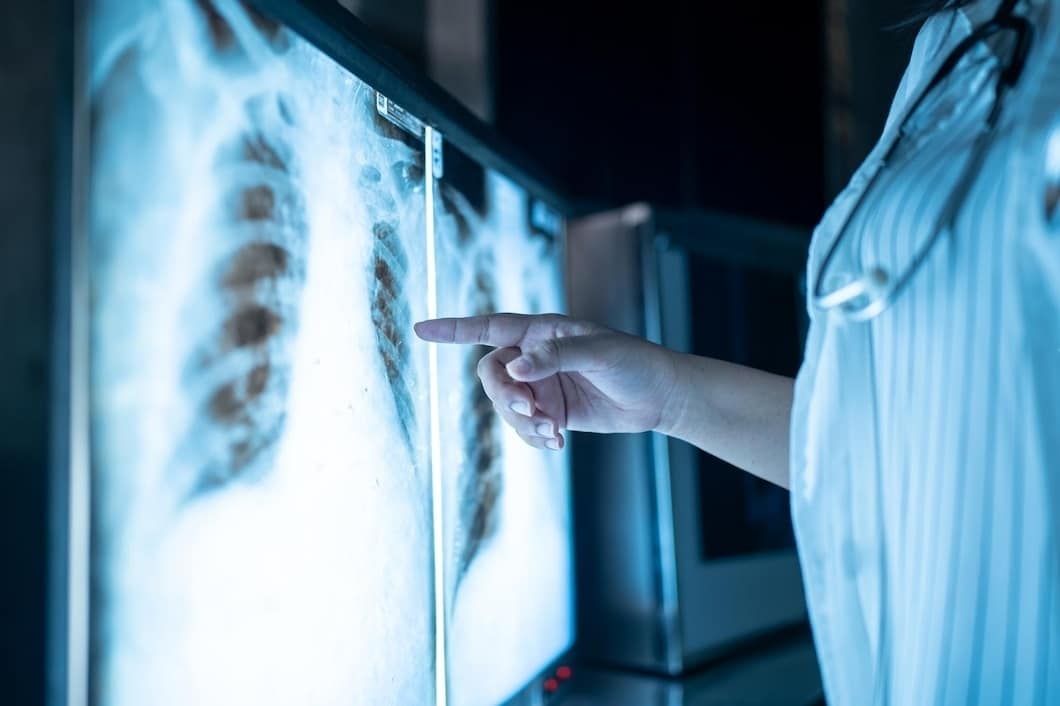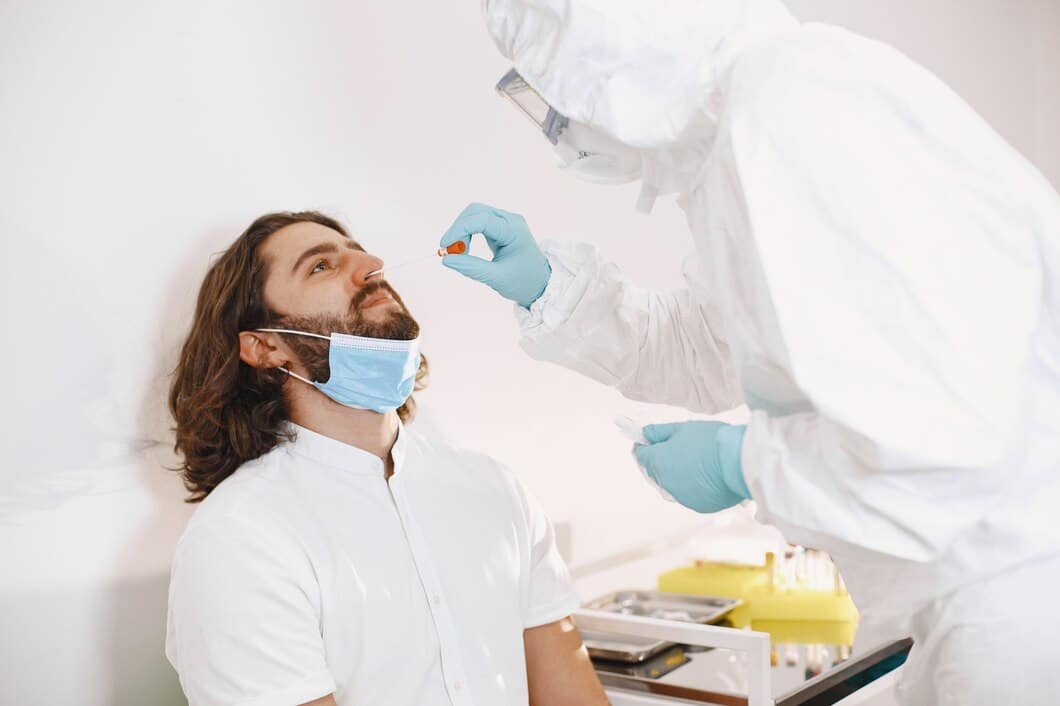X-rays are crucial in the healthcare journey when it involves diagnosing injuries (especially bone fractures, joint issues, or musculoskeletal concerns). As a patient, it is important to be knowledgeable about how an X-ray works and what it’s used for to ease any worries and assist in the decision-making process regarding your healthcare journey. So, in this blog topic, I will be diving into some of the basics you should know about X-rays when it comes to getting your injuries diagnosed.
What Are X-Rays?
X-rays are a type of a electromagnetic radiation, like light, but of significantly higher energy. These rays travel through the body, but they are absorbed at different rates by different tissues. Dense structures, such as bones, absorb a greater amount of X-rays and appear more opaque on the X-ray film or digital sensor. That is why X-rays are especially good for penetrating bones and joints making it exceptionally useful in diagnosing injuries, fractures, dislocations, and other musculoskeletal conditions.
How X-Rays Help Diagnose Injuries
Other imaging tests that are also ionising radiations include X-rays which are clear enough to allow healthcare providers check the internal states of your body. An X-ray can provide valuable information when diagnosing injuries, such as:
- Fractures and Bone Breaks: Probably the most common use of X-rays is to find fractures. Whether it’s a simple fracture or a complicated one, X-rays give doctors a good look at the injury.
- Dislocations and Joint Injuries: Dislocated joints can be hard to evaluate without imaging, and usually the clarification of the position and extent of the injuries is done with a confirmation through X-ray.
- Bone Infections or Diseases: X-rays can also reveal abnormalities in bones that are affected by infections or diseases such as arthritis or osteoporosis.
- Foreign Objects: In some cases, injuries may involve the embedding of foreign objects (such as metal or glass). May X-rays search for these objects to remove them.
This is not only helpful in diagnosing injuries but also knowing how severe the damage is so that doctors can recommend the proper treatment.
The X-Ray Process: What to Expect
So let’s take a closer look at X-ray examination and what you can expect. Although the process is fast and fairly straightforward, knowing what the steps are can help allay any fears. Here’s what usually happens:
- Preparation: You might be asked to wear a gown so that clothing doesn’t interfere with the X-ray images. X-rays are not advisable when pregnant unless really needed, so let your health professional know.
- Positioning: You will be positioned so that the area of injury is aligned with the X-ray machine. This may include standing, sitting, or lying down depending on the region being assessed.
- The X-ray: The radiologist will capture multiple images from various angles. You might be told to stay still, and sometimes even to hold your breath, to make sure the pictures are clear.
After the X-ray is done, side effects are usually none. A doctor will review the images and explain the results, as well as your treatment plan.
Are X-Rays Safe?
One of the most frequent questions people ask is how safe X-rays are. Although X-rays do use radiation, the level of radiation used is very low. Exposure levels have dropped sharply thanks to modern technology and the advantages of diagnosing an injury far exceed the small risk linked to the test. But if you are pregnant or think you might be, you should notify your health care provider in advance, as radiation exposure in pregnancy raises concerns.
Advantages of Using X-Rays in Injury Assessment
Diagnostic benefits of X-rays to looking for any injuries include:
- Fast and Non-Invasive: X-rays are fast and easily performed, hence are one of the most common diagnostic tools used in emergency rooms and medical centers. Which, you lay out various options on an aseptic surface and wait — but the results are often immediate, and doctors often implement those results into your treatment right away.
- Diagnostic Accuracy: By giving clear images, X-rays assist healthcare professionals with an accurate diagnosis, enabling you to be treated correctly.
- Cost-Efficiency: X-ray imaging is relatively low-cost and readily available when compared to other types of imaging modalities such as MRIs and CT scans.
- Availability: Most hospitals, clinics, and urgent care centers have X-ray machines available, making them accessible to patients in a breadth of clinical settings.
When Are X-Rays Recommended?
X-rays are often the first imaging tool used when diagnosing injuries, but they are especially suggested in the following situations:
- After a Fall or an Accident: X-rays can help assess for bone damage or internal injury if you have fallen or been involved in an accident.
- Severe Pain or Swelling: If you have major pain or swelling in one area, you may need an X-ray to confirm whether you have a fracture or other injury.
- Post-Operative Care: X-rays may also be used after surgery to check the healing process or alignment.
Often, X-rays are the first part of diagnosis of injury. But if the injury doesn’t show up clearly on an X-ray, your doctor might refer you for another imaging test, like an MRI or CT scan to obtain a better look at soft tissues, muscles or ligaments.
X-Rays’ s Limitations in Injury Diagnosis
Although X-rays are invaluable for diagnosing some injuries, they have their limitations:
- Poor Visual Representation of Soft Tissues: X-rays are incapable of showing soft tissue injuries such as ligament tears, muscle strains, and cartilage damage. Additional imaging may be needed in such cases.
- Radiation Exposure: While the exposure is low, repeated X-rays over time can lead to increased radiation exposure. Your doctor will always consider the risks and benefits when recommending this procedure.
X-rays are an essential tool in diagnosing injuries, from fractures to joint dislocations and infections. Being a patient, if you want to alleviate your concern about how an X-ray works and what to expect during the procedure, you will find that information at Absolute Urgent Care. Despite their some limitations, they have become a great tool within the medical field due to the fact that they are quick to respond, and can catch injuries that other diagnostic tests would not. If ever in doubt, keep in mind that your health care provider will always walk you through the entire process, and assist you in determining what’s the best course of action for your recovery.
Knowing the importance and benefits of X-rays to diagnose injuries will help you feel safe and prepared when you possibly need one.






















